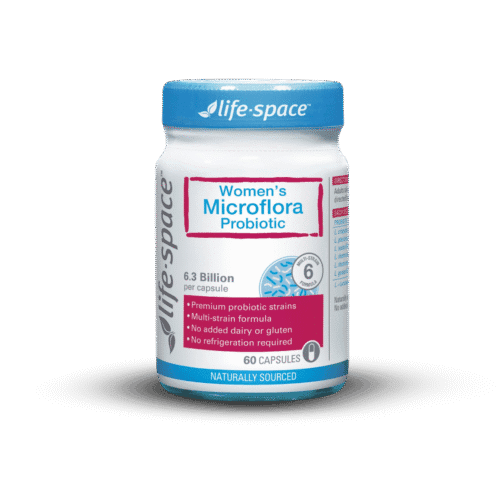You can use liquid herbal extracts, essential oils or dried herbs to make suppositories.
The most important part of a suppository is the base: it should be solid at room temperature and melt at body temperature. You will keep your suppositories in the fridge or freezer until you need to use them anyway, but this solidity is a key attribute.
You also want your base to be non-irritant since you are putting it directly on very delicate mucous membrane tissue that presumably already has issues and may be raw and irritated.
Actives: liquid herbs, essential oils, or dried herbs
When using herbal medicine in suppositories or pessaries, you will decide whether to use liquid herbal extracts/tinctures, essential oils or dried herbs.
You should understand a bit about the herbs you are using before you put them in your vagina – not all herbs are as friendly as others, so do your homework. Dose also matters, especially with essential oils.
How to choose your suppository base – oil-soluble or water-soluble ingredients
Bases are typically oily (cocoa butter, coconut oil, Theobroma oil) and are used for fat-soluble ingredients and tannins. Cocoa butter is very stable and best used with dried herbs; they can last for years.
Bases in which you dissolve water-soluble ingredients include glycerin and gelatin. The properties you want from herbs, either in the liquid extraction (which uses alcohol to extract the key molecules) or essential oils, tend to be fat-soluble, so cocoa butter is a favourite.
If you don’t have any cocoa butter, you can easily make suppositories and pessaries with other oils, like coconut oil, but they’ll melt at a lower temperature than cocoa butter.
If you are freezing the suppositories, many oils will suffice but try to avoid poor-quality oils. Anything cold-pressed will do in a pinch. Coconut is cheap and fits the bill, so feel free to use this. Hunt around for a good price on organic cocoa butter.
Moulds to form suppositories
You can create moulds out of many things, including tin/al foil – there is no need to buy real silicone moulds, but it can make life easier.
If you think you’ll be making suppositories in the future, investing in a good mould is an efficient step and will save money and mess. You can also use good quality vagina-safe vegetable capsules (not gelatin, it will melt with the hot oil).
If you want to get the things made, you can make little suppository boats out of tin foil (aluminium foil) or fashion some other thing, like a small ice cube tray, into a mould.
You can use your imagination to make a mould out of tin foil. Roll a fat pen in tin foil, fold over one end and keep it upright in a vase or other tall container. Using a funnel, when your mixture is ready, pour it into the tin foil tube, and allow it to cool. Remember, hot oil is very keen to exit out small crevices, so ensure it’s sealed tight.
Once cooled, you can cut the tin foil tube with the hard oil inside it into dose-sized pieces, storing them in the freezer.
Premade moulds are fast and neat and can be made from stainless steel, silicone, or plastic. Egg-shaped works best for vaginas, while bullet-shaped works best for rectums.
Making a vaginal suppository
You’ll need your base of choice, dependent on your treatment, plus some oil to lube up the mould before you put the suppository liquid into them. Pour some in, then leave it upside down to drain, leaving just a thin coat.
- Combine herbs or oils, if using more than one.
- Melt cocoa butter at a very low temperature – you need to melt it, not cook it.
- Slowly add herbs, stirring well – about 75 per cent cocoa butter to 25 per cent herb or 2 per cent essential oil is about right.
- If you are making suppositories for the rectum, about 1g total weight is right, whereas vaginal pessaries should be between 1-4g each.
- Pour the mixture into your moulds.
- Refrigerate (don’t freeze yet, as cooling oils slowly reduces cracking, especially for cocoa butter), but you can store in the freezer once they are made.
- Remove from the mould once completely solid, and if frozen, thaw a little bit before using, about 20 minutes to half an hour, as per the pessary type and use.
More tips on making your own herbal medicine
Get a fresh perspective with a qualified, experienced vulvovaginal specialist naturopath.
This product has multiple variants. The options may be chosen on the product pageThe most comprehensive vaginal microbiome test you can take at home, brought to you by world-leading vaginal microbiome scientists at Juno Bio.
Easy-to-use BV and AV treatment program.
Promote and support a protective vaginal microbiome with tailored probiotic species.






